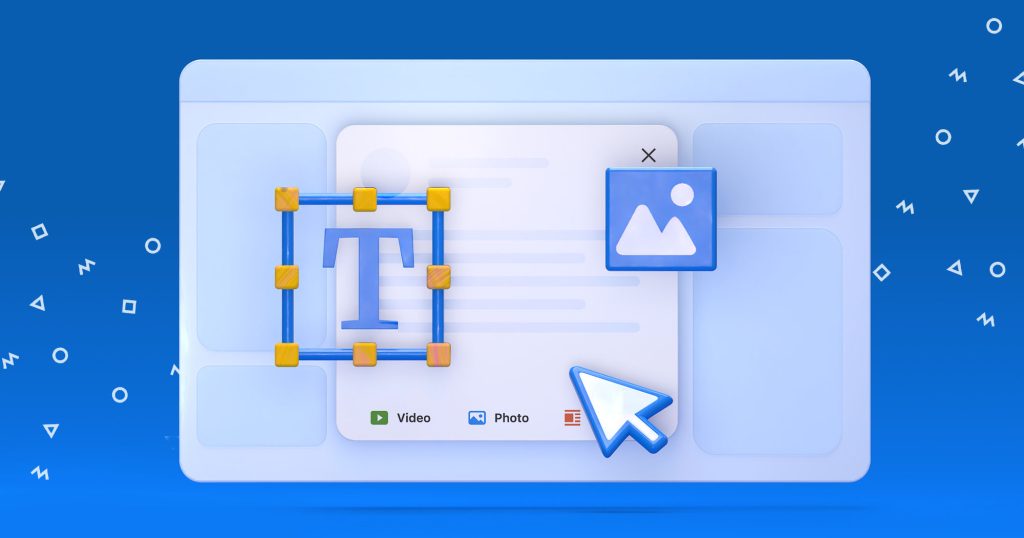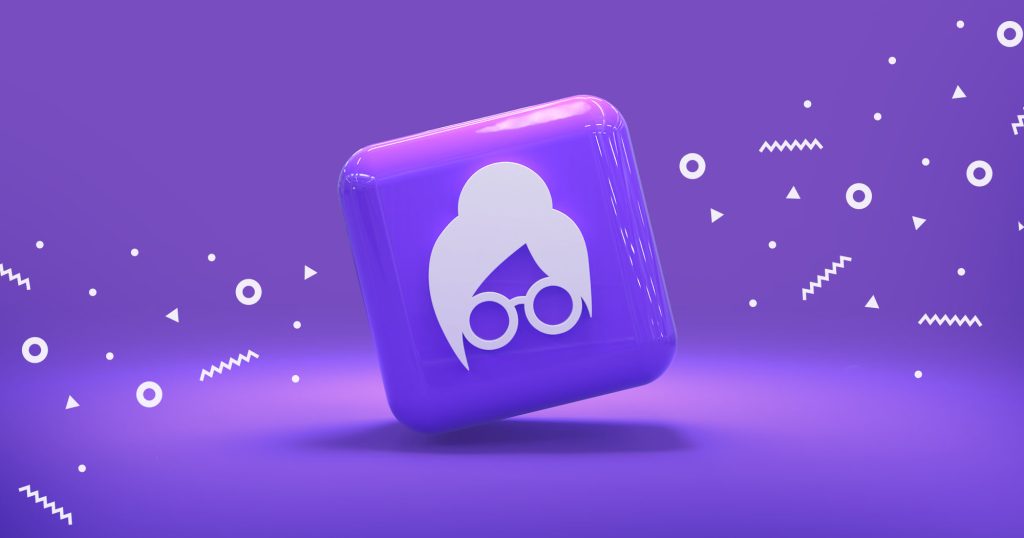Focus on driving qualified organic traffic
If you have a huge marketing budget, running highly targeted ad campaigns on Google and LinkedIn is a great way to reach prospective customers quickly and drive interest in your product. However, relying solely on paid advertising channels in the long run isn’t the best option.
On the other hand, investing in organic channels (such as content marketing and SEO) early on can drive steadily increasing traffic to your website which, in turn, can lower your customer acquisition costs over time.
The caveat? While driving website traffic is great, the real key lies in bringing in qualified visitors – prospects who are more likely to be interested in your solution and thus more likely to convert into sign-ups, which leads to revenue growth. In other words, don’t look at traffic volume (visitors arriving at your website from general keywords and little-to-no conversion intent) but instead, focus on traffic quality.
So, how do you do that?
If you haven’t already, start by identifying your ideal customer profile (ICP). Define the industries, job roles, pain points, and challenges that align with your SaaS solution. This laser-focused approach ensures that your revenue marketing and lead generation efforts are directed at individuals and organizations that stand to benefit the most from your product.
Based on your ICP, your content strategy should ideally include a mix of blog posts (top-of-the-funnel), whitepapers (middle-of-the-funnel), and case studies (bottom-of-the-funnel), along with other useful resources such as templates, webinars, etc. that address your prospects’ pain points and talk about your product’s key benefits.
In each piece of content, target long-tail (more specific and granular) keywords that your past visitors responded to. Include those keywords in the title of your next blog post, video, case study, etc. Build backlinks to your top-performing pieces and product pages on relevant anchor texts (such as “email marketing for enterprise” if your product is an enterprise email marketing software) from relevant, reputable websites. Also, conduct a content audit to strip out content and pages that rank for keywords that never convert.
This will refresh how your SaaS website is perceived by search engines, helping rank important pages for high conversion intent keywords and driving qualified traffic as opposed to traffic that may never convert.






![New in 2025: Reply.io Teams Up with Persana AI [+Live Webinar] New in 2025: Reply.io Teams Up with Persana AI [+Live Webinar]](https://reply.io/wp-content/uploads/persana.io_-1024x538.jpg)